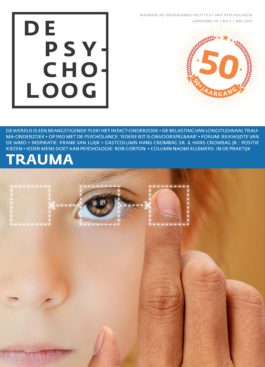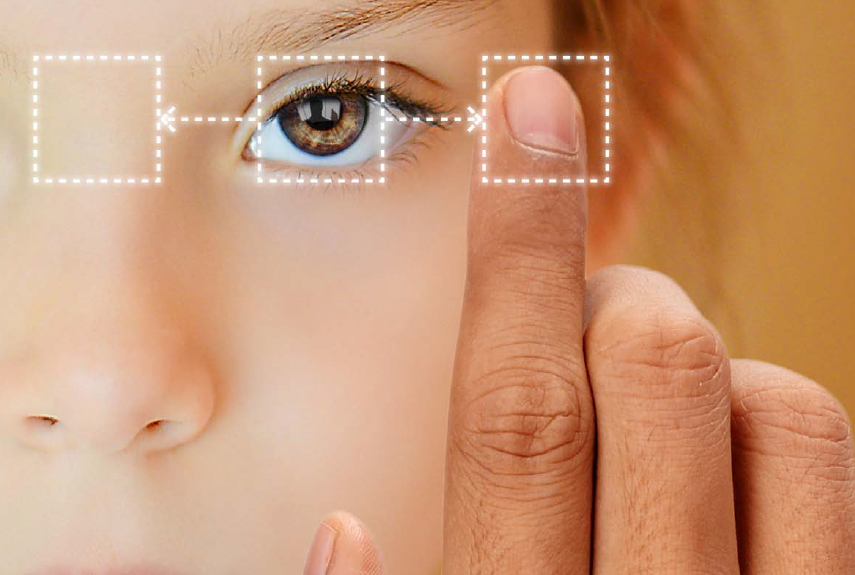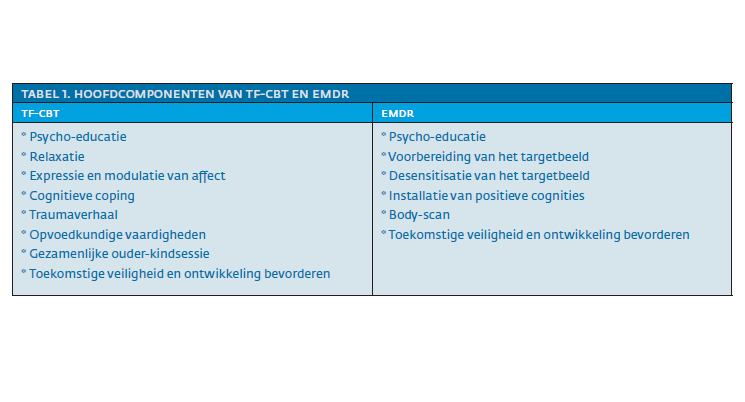Er bestaat geen twijfel over dat er meer aandacht moet komen voor de slachtoffers van oorlog en geweld, in het buitenland maar ook in het binnenland. Wij denken altijd dat dit allemaal ver weg gebeurt en niet in onze Westerse maatschappij. Maar diverse Amerikaanse en Europese studies tonen aan dat 14 tot 67% van de kinderen in westerse landen ten minste één potentiële traumatische gebeurtenis hebben beleefd voordat zij de volwassen leeftijd bereiken (Alisic et al., 2008; Copeland et al., 2007)212. Dit kunnen eenmalige gebeurtenissen zijn, zoals een ongeluk met een auto of een brand, maar ook langdurige traumatische ervaringen zoals (huiselijk) geweld of (seksueel) misbruik. De meerderheid van deze kinderen ervaart geen negatieve langdurige gevolgen van deze gebeurtenis(sen). Er is echter een kleine groep kinderen (0,5-3%) die een posttraumatische stressstoornis (PTSS) ontwikkelt. Daarnaast lijdt 13,4% aan enkele PTSS-symptomen, zoals herbelevingen, vermijding en verhoogde prikkelbaarheid (Copeland et al., 2007; Perkonigg et al., 2000)34.
Zijn er behandelingen die kinderen na
De wereld is een beangstigende plek? |
|
Het intact-onderzoek |
|
| 01/05/2015 | |
| Julia Diehle |
Samenvatting
THE WORLD IS A SCARY PLACE? INVESTIGATING TREATMENTS AND ASSESSMENT FOR CHILDREN AFTER TRAUMA J.DIEHLE
Every day, children are exposed to potentially traumatic events like accidents, abuse, disasters or war. The majority of these children does not suffer from negative long-term effects. However some children develop full-blown ptsd and others suffer from some ptsd symptoms. This article provides more insight in the treatment and assessment of these children. Study results from an RCT on TF-CBT and amdr indicate that both treatments are effective and efficient. Furthermore two instruments for the assessment of ptsd and trauma-related cognitions in children were validated. Besides an integral overview of the study results, the discussion includes clinical implications and future research suggestions.


